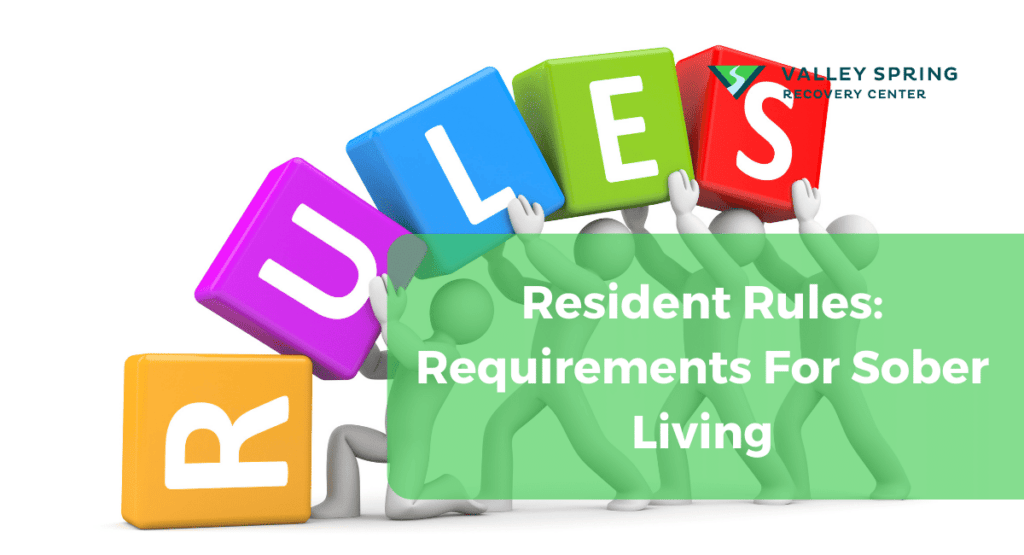USING EYE MOVEMENT DESENSITIZATION, EMDR THERAPY ADDRESSES TRAUMATIC MEMORIES THAT MAY BE INSTIGATING NEGATIVE EMOTIONS. THIS THEN HELPS PATIENTS TO PROCESS THESE EMOTIONS IN HEALTHY WAYS
WHAT IS EMDR USED FOR?
As EMDR therapy has gained popularity, it has found favor for treating substance use disorders, as well as PTSD and other trauma.
With the understanding that substance abuse disorders are often symptomatic of trauma and PTSD, it makes sense that substance abuse treatment should focus on treating the cause of the issues and not simply the symptoms.
Along with therapeutic modalities such as cognitive behavioral therapy (CBT) and dialectical behavior therapy (DBT), Psyclarity Health provides EMDR therapy as part of its outpatient substance abuse treatment programs.
HOW DOES EMDR WORK?
EMDR helps the patient view unprocessed memories and analyze their reaction to them with the assistance of a therapist.
In reliving events, they are asked to assign a value of one to ten to an event in terms of negative or positive response, which applies a relatively swift gauge of their feelings. The therapist can then steer them toward reviewing their assessment more objectively.
The technique is based on the theory that it is possible to access traumatic memories while stimulating bilateral eye movement before guiding the patient to a healthier understanding of their feelings. The patient is instructed to move their eyes from side to side, often following the therapist’s hand movement or some other device, while mentally exploring a moment of trauma. They then discuss the emotions that arise when they think of the event.
Thereafter, the therapist is able to direct the patient through more visualization processes that allow them to review their initial thoughts and decide if the connected emotions are truly appropriate.
As they gradually analyze each traumatic event, they are able to work through the associated feelings and minimize the patient’s negative reactions by putting those events into perspective.
TREATMENT OUTLINE
EMDR treatment covers eight phases, which last several weeks and require six to 12 sessions. Each session can vary from 50 to 90 minutes. Phases progress from initial assessment through to final evaluation.
PHASE 1 – BACKGROUND
In this initial phase, the therapist will learn about the patient’s history and work with them to pinpoint specific traumas that need to be resolved. They will then determine the patient’s goals for treatment.
PHASE 2 – PREPARATION
During this phase, the patient will be advised of what to expect during the different steps involved in the process. They are also given coping techniques to implement outside of therapy, such as relaxation and breathing exercises that can assist in dealing with stress.
PHASE 3 – ASSESSMENT
In the third stage of treatment, the patient will discuss specific memories with the therapist and assess the impact those memories have on their lives. This will provide an opportunity to identify any dysfunctional beliefs or emotions that are connected to the event.
PHASE 4 – DESENSITIZATION
This phase involves the actual implementation of the treatment. Here, the patient will be required to remember the trauma while the therapist performs the desensitization process. Negative emotions which arise will then be examined, and the patient is guided toward replacing them with positive thoughts.
PHASE 5 – INSTALLATION
During the installation phase, the patient continues to process traumatic memories while reinforcing new, positive emotions as a response to those memories. This helps the patient to build healthier beliefs about the way they are able to cope with their lives.
PHASE 6 – BODY SCAN
After the patient has worked through the primary events that have previously caused distress, the therapist will cover any remaining experiences that might provoke tension. The patient explains how they feel physically in response to the memory. If any negativity remains, the patient and therapist will target these memories too in order to reprocess the associated emotions.
PHASE 7 – CLOSURE
Once all the targeted events have been addressed and processed, the therapist will reassess the patient’s response to the memories previously identified as problematic. Here, they ensure that they have effectively learned to release any painful emotions attached to the memories.
PHASE 8 – REEVALUATION
At this point, the original treatment goals are revisited to evaluate how successful their efforts have been. If any lingering negative emotions remain, the therapist is able to specifically address these until they are confident that the patient has undergone a full recovery.
What Are The Benefits Of EMDR Therapy For Addiction?
EMDR therapy allows a therapist to view a patient’s substance abuse disorder from a trauma-informed perspective. This has great benefits for patients who are veterans or military personnel experiencing PTSD. EMDR is a great addiction to the Valley Spring Recovery Center outpatient dual diagnosis program to treat mental health conditions during substance use disorder treatment.




